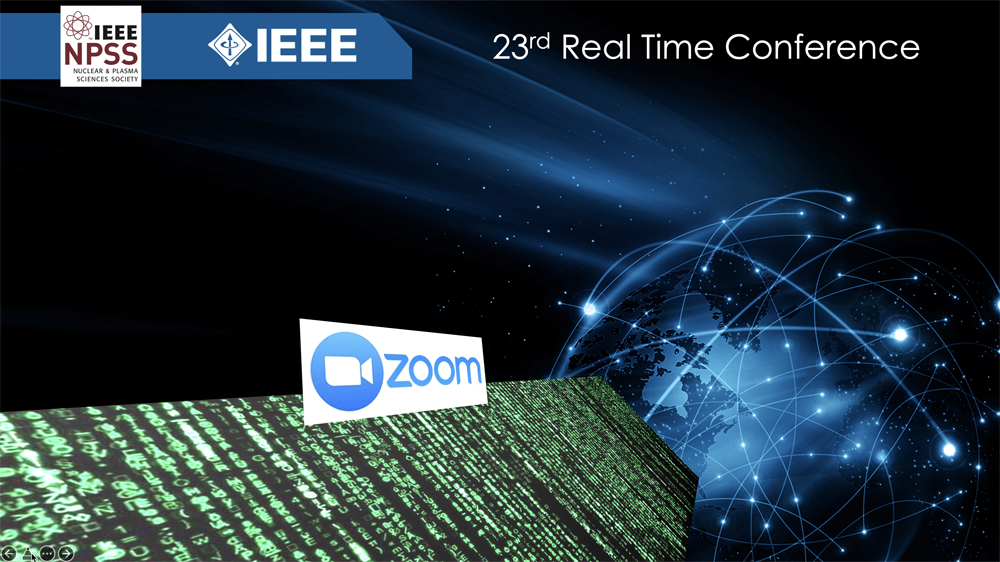For the High-Luminosity Large Hadron Collider era, the trigger and data acquisition system of the Compact Muon Solenoid experiment will be entirely replaced. Novel design choices have been explored, including ATCA prototyping platforms with SoC controllers and newly available interconnect technologies with serial optical links with data rates up to 28 Gb/s. Trigger data analysis will be...
The improved Resistive Plate Chambers (iRPC) will be installed in the challenging forward region during the CMS phase II upgrade with new FrontEnd Electronics Boards (FEBs) to record the rising edge of signals from both ends by a Time-to-Digital Converter[1]. TDC data of each end has two parts of time information—the coarse time (2.5 ns) and the fine time (around 10ps, 2.5ns/256). The backend...
The Belle II experiment and SuperKEKB collider is designed to operate under a higher luminosity compared to that of Belle for the improvement on rare B meson decay study and new physics search. A new PCI-express-based high-speed readout board (PCIe40) is adopted for the upgrade of DAQ system in order to break the bottleneck of bandwidth and to improve the stability in operation. The new system...
The Belle II experiment started to take data of electron-positron collisions provided by the SuperKEKB accelerator, with all subdetectors from March 2019. The Belle II detector consists of 7 subdetectors and data from each subdetector are serialized by event builders. The maximum trigger rate at the detector is designed to be 30 kHz. The collected data are filtered by a software-based trigger...

